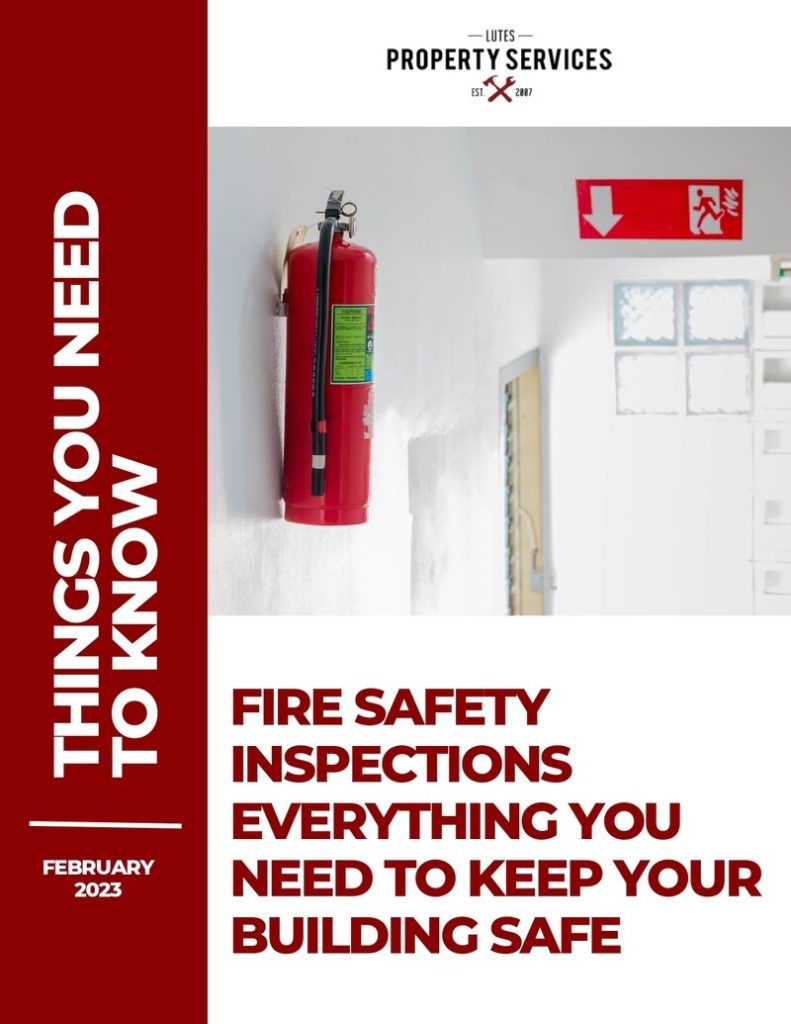Circuit breakers are essential components of any electrical system. They are designed to protect both the wiring and the appliances connected to it from damage due to an overload or short circuit. Circuit breakers are typically located in a breaker box, which is usually found near the main electrical panel in a home or commercial building.
When too much electricity flows through the circuit, the breaker trips and interrupts the current, preventing an overload that could lead to a fire or other serious damage. If this happens, you will need to reset the breaker before power can be restored. It is important to understand how circuit breakers work and why they trip so that you can take preventive measures to avoid potential problems and keep your home or business safe.
Circuit breakers come in a variety of sizes and types, depending on their application and use. Some common types include air conditioner circuit breakers, residential circuit breakers, GFCI (ground fault circuit interrupter) breakers, AFCI (arc-fault circuit interrupter) breakers, and high voltage circuit breakers. Each type has its own unique characteristics and features that make it suitable for specific applications.
Circuit breakers are essential components of any electrical system, designed to protect wiring and appliances from overload or short circuit. Different types of circuit breakers exist for different applications
Reasons Your Air Conditioning Breaker Can Trip
air conditioning breakers are designed to trip when the electrical current draw is too high, so it’s important to understand why your breaker might be tripping. Breakers can trip due to a variety of reasons, such as faulty/loose wiring, an issue with the compressor, a dirty air conditioner filter, frozen vapor coils, or a loss of refrigerant.
Faulty/Loose Breakers and Connections
The most common reason for an air conditioning breaker tripping is due to a faulty or loose breaker or connection. If the breaker is not securely connected to the panel box, it can cause the breaker to trip. Additionally, if the breaker itself is loose or defective, it can cause an overload on the circuit and trip the breaker. It’s important to make sure all connections are secure and that there are no defects in the breaker itself before attempting to reset it.
Dirty Air Filter and Frozen Coils
Another common reason for an air conditioning breaker tripping is due to a dirty air filter or frozen evaporator coils. If your air filter is clogged with dirt and debris, it can restrict airflow which causes the system to work harder than necessary and trip the breaker. Similarly, if your evaporator coils become frozen due to low refrigerant levels or other issues, this can also cause excessive strain on your system leading to a tripped breaker.
Don’t Trip
If you’re experiencing frequent trips from your air conditioning breaker, you should contact an experienced electrician as soon as possible. The electrician will be able to diagnose any underlying issues that may be causing your system to overload and trip the breaker. In some cases, simply replacing a worn out part may be enough to resolve the problem without having to replace any major components of your system.
| Reason for Breaker Tripping | Description |
| Faulty/Loose Breakers and Connections | If the breaker is not securely connected to the panel box, it can cause the breaker to trip. Additionally, if the breaker itself is loose or defective, it can cause an overload on the circuit and trip the breaker. |
| Dirty Air Filter and Frozen Coils | If your air filter is clogged with dirt and debris, it can restrict airflow which causes the system to work harder than necessary and trip the breaker. Similarly, if your evaporator coils become frozen due to low refrigerant levels or other issues, this can also cause excessive strain on your system leading to a tripped breaker. |
| Don’t Trip | Contact an experienced electrician as soon as possible to diagnose any underlying issues that may be causing your system to overload and trip the breaker. |
Faulty/Loose Breakers and Connections
The most common cause of an air conditioning breaker tripping is a faulty or loose breaker and connection. It is important to check the breaker and connections for any wear or damage. If the breaker appears to be worn, it should be replaced with a new one. Additionally, if the connections are loose, they should be tightened. This can help prevent further issues from occurring in the future.
Breaker Problems
If a breaker is faulty or has become loose, it can cause an overload on the circuit, resulting in a trip of the air conditioning system’s breaker. A faulty or loose breaker will need to be replaced as soon as possible to prevent further damage from occurring. Additionally, if a home’s electrical system is old or outdated, then it may not be able to handle the load that is required by the air conditioning system. In this case, an electrician should be called in to inspect and upgrade the system if necessary.
Connection Issues
If the connections between the air conditioning unit and its power source are loose, this can also lead to a trip of the breaker. In order to prevent this from happening, all connections must be checked regularly for tightness and inspected for any wear or damage. If there are any signs of wear or damage, they should be repaired immediately before using the air conditioner again.
In addition to checking for loose connections and faulty breakers, it is also important to ensure that all wiring is up-to-date and in good condition. Old wiring can cause an overload on circuits due to its decreased ability to conduct electricity effectively. If wiring needs to be upgraded or replaced, it should only be done by a qualified electrician who understands how these systems work.
| Problem | Solution |
| Faulty/Loose Breakers | Replace with a new one |
| Loose Connections | Tighten connections |
| Old Electrical System | Call an electrician to inspect and upgrade system if necessary |
| Worn or Damaged Connections | Repair immediately before using air conditioner again |
| Old Wiring | Upgrade or replace wiring by a qualified electrician |
Dirty Air Filter and Frozen Coils
The air filter of an air conditioning system is responsible for trapping dust, dirt, pollen, and other particles that can be harmful to the unit. When the filter becomes clogged, it will block the airflow and cause the system to work harder than necessary. This can lead to a tripped breaker due to the additional strain on the electrical components. To prevent this from happening, homeowners should regularly check their air filters and replace them when necessary.
Another common cause of a tripped breaker is frozen evaporator coils. Evaporator coils are responsible for cooling the air as it passes through them. If they become blocked with dirt or debris, they will not be able to absorb enough heat from the air passing through them. This will cause them to freeze up and eventually trip the breaker due to the increased load on the system. To prevent this from happening, homeowners should periodically inspect their evaporator coils for dirt or debris build-up and clean them if necessary.
Signs of a Dirty Air Filter
There are several signs that can indicate a dirty air filter in an air conditioning system:
- Reduced airflow coming from vents
- Higher energy bills
- Strange odors coming from vents
- Unusual noises coming from the unit
If any of these signs are present in your home’s air conditioning system, you should immediately check and replace your air filter if needed.
Signs of Frozen Coils
Frozen evaporator coils can also be identified by several signs:
- Airflow coming out of vents is weak or nonexistent
- Unit is running constantly but not cooling properly
- Ice buildup on evaporator coils
If any of these signs are present in your home’s air conditioning system, you should immediately turn off your unit and inspect your evaporator coils for ice buildup. If there is ice present, you should contact an HVAC technician as soon as possible to diagnose and repair the issue before it causes further damage to your AC unit or trips your breaker again.
Don’t Trip
Circuit breakers are an important part of your home’s electrical system, and when they trip, it can be a major inconvenience. Knowing why circuit breakers trip and how to troubleshoot the issue can save you time and money.

The most common reason for a circuit breaker tripping is an overloaded circuit. This means that more electricity is being used than the breaker is designed to handle. Other causes include faulty wiring, loose connections, dirty air filters, frozen coils, or a compressor issue.
Faulty/Loose Breakers and Connections
If your circuit breaker trips often or won’t stay on, it may be due to a faulty or loose breaker or connection. To check for this, first turn off all power to the breaker box and then open it up. Inspect all of the wires connected to the breakers for any signs of damage such as fraying or corrosion. If any are found, replace them immediately. Additionally, make sure that all of the breakers are securely installed in their slots with no movement.
Dirty Air Filter and Frozen Coils
Another cause of a tripped circuit breaker could be a dirty air filter in your air conditioning system. When the filter becomes clogged with dirt and debris, it restricts airflow which increases strain on the compressor motor causing it to work harder than normal and eventually trip the breaker. To avoid this issue, you should clean or replace your air filter regularly according to manufacturer’s instructions.
Frozen evaporator coils can also cause a circuit breaker to trip as they block airflow and restrict cooling capacity in your AC unit leading to an overload on the compressor motor. If you suspect this is occurring in your system, turn off power to the AC unit immediately and contact an HVAC technician for assistance in resolving the issue.
In conclusion, if your circuit breaker trips often or won’t stay on, there are several potential causes including faulty wiring, loose connections, dirty air filters or frozen coils that should be checked by an experienced electrician or HVAC technician before use is resumed.


